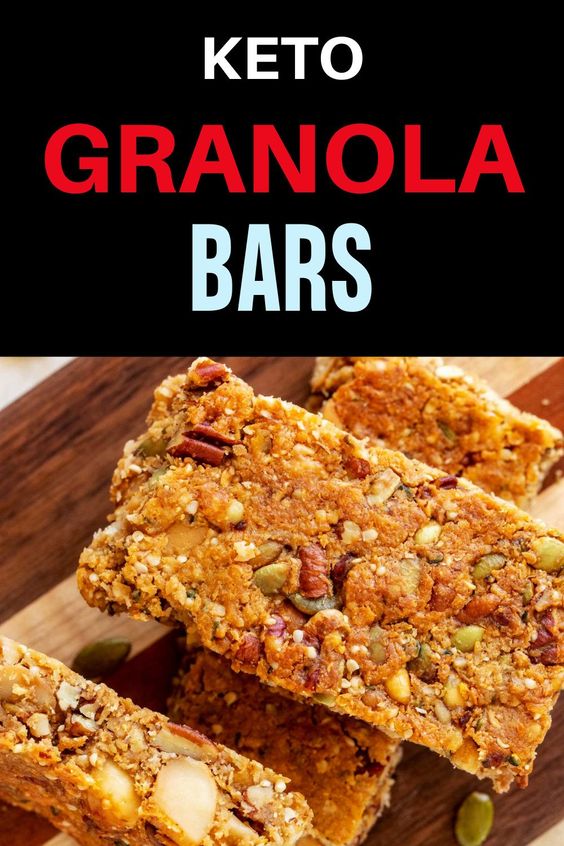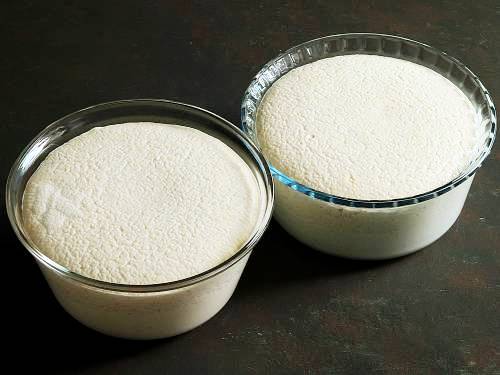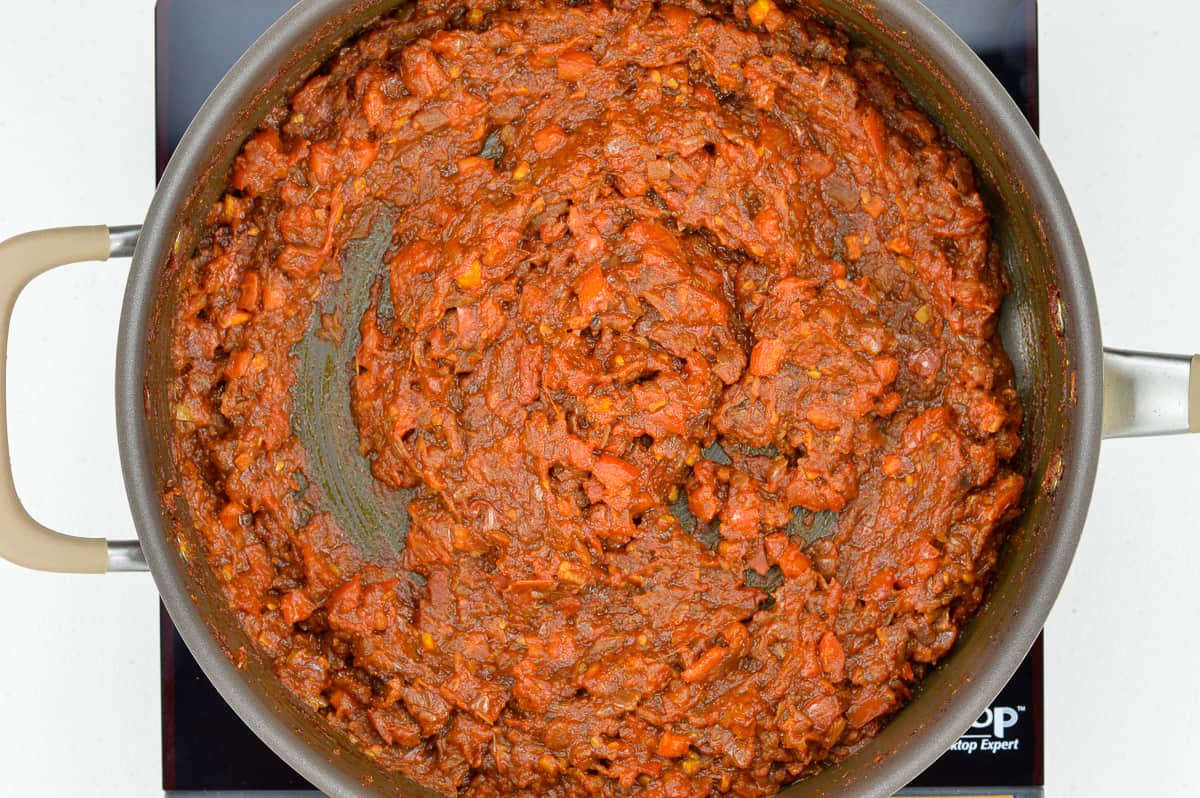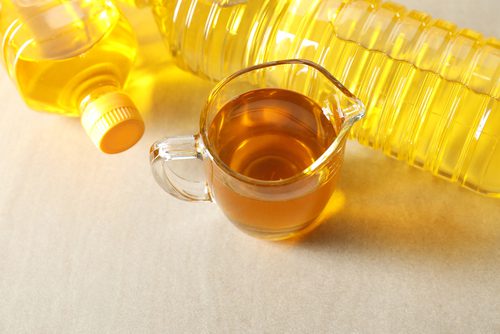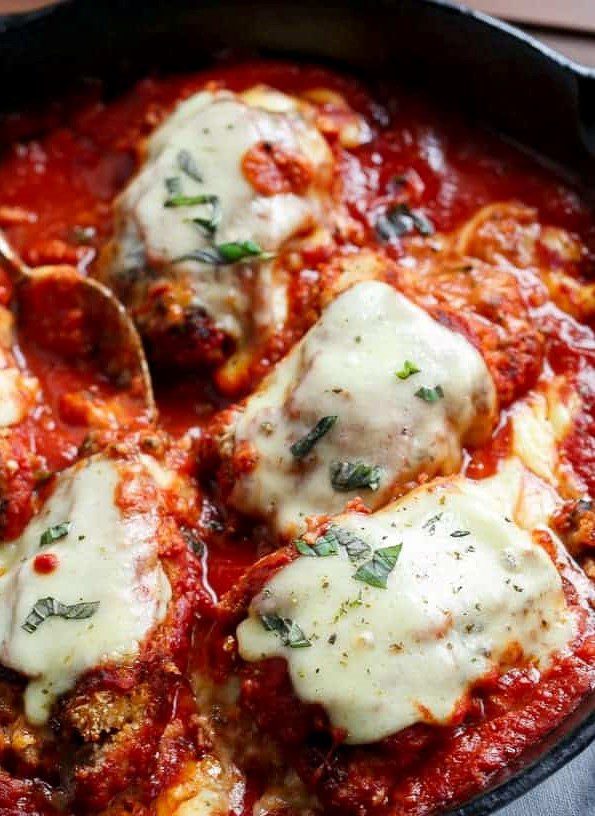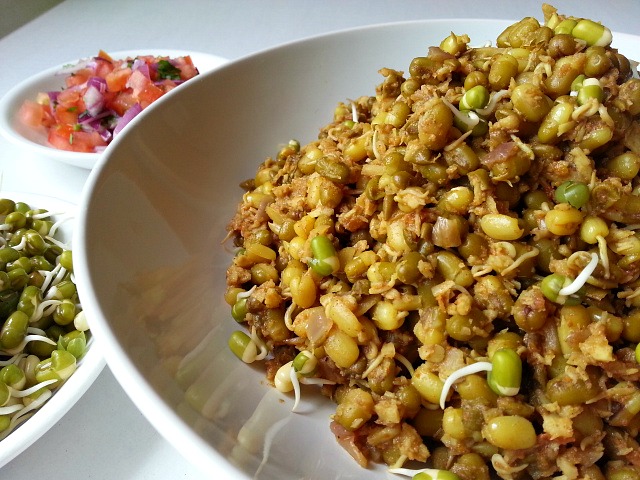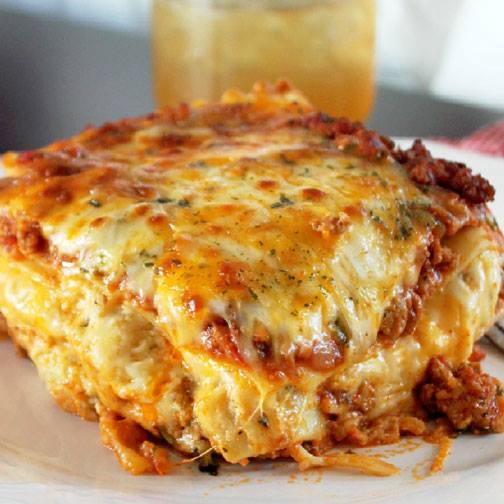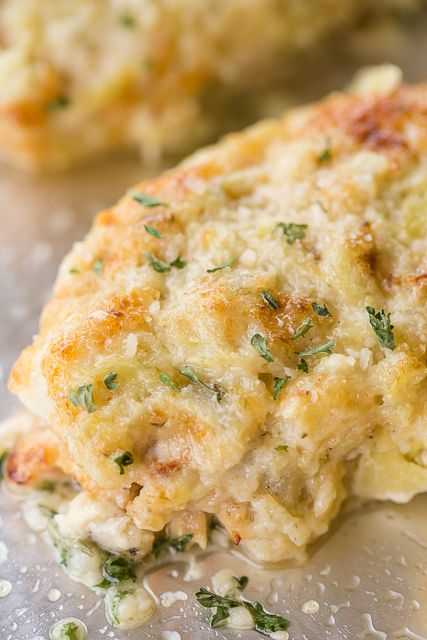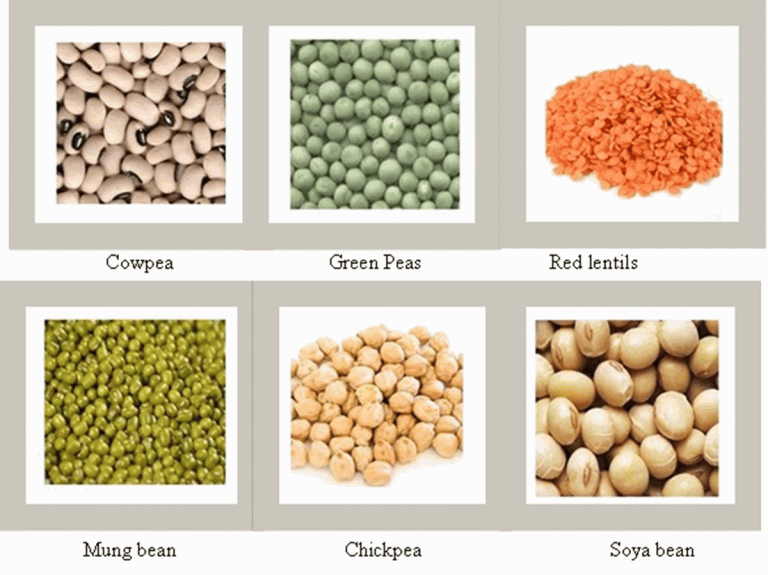The Open Magazine
Delicious Keto Recipes for a healthy lifestyle
Low Carb Salmon Patties Almond Flour
Low Carb Salmon Patties Welcome to the world of delicious and nutritious Keto Salmon Croquettes! If you're on a ketogenic diet or simply…
The Ultimate Guide to Making Homemade Keto Granola Bars
Keto granola bars are a popular snack option for those following a ketogenic diet, which is a low-carbohydrate, high-fat diet designed to promote…
The Ultimate Guide to Keto Cadbury Desserts
Craving the luxurious taste of a Cadbury chocolate treat but committed to your keto lifestyle? Look no further! This Keto Cadbury Dessert is…
Keto Salami and cheese frittatas
Keto Salami and Cheese Frittatas are loaded with protein and savoury flavours, these mini frittatas are not only yummy but also easy to…
Keto Chicken Chips: Delicious & Perfect Snack
Keto Chicken Chips These Keto Chicken Chips are not only a delicious treat but also a protein-packed option for those following a low-carbohydrate…
Keto Butterfinger candy bars
Introducing the Keto Butterfinger Candy Bars—a low-carb twist on the classic treat that brings all the crunch and sweetness without the guilt. Packed…
EASY KETO CHEESE RINGS WITH ONION
KETO CHEESE RINGS Keto onion rings are a delicious and low-carb twist on the classic fried snack. Traditional onion rings are typically made…
How to Make Keto Thin Mints at Home
Keto thin mints Get ready to satisfy your sweet tooth without breaking your keto diet! In this article, we'll show you how to…
How to Make Delicious Keto Donut Holes at Home
Keto Donut Holes Are you on a keto diet but still have a craving for something sweet and indulgent? Look no further! Our…
Keto Cabbage Wedges: A Step-by-Step Guide
Keto cabbage wedges Looking for a scrumptious and healthy side dish for your keto meal? Look no further! In this comprehensive guide, we…
Deliciously Keto Mozzarella Stuffed Meatballs Cheesy Recipe
Keto Mozzarella Stuffed Meatballs. Looking for a mouthwatering twist on a classic dish that won't derail your low-carb lifestyle? Look no further than…
Low Carb Fish Piccata-The Ultimate Guide to Cooking
Low Carb Fish Piccata. Looking for a delicious and healthy meal that won't leave you feeling weighed down? Look no further than our…
Tantalizing Keto Prawn Recipes: A Step-by-Step Guide
This Keto Prawn Recipe is a healthy and protein-packed meal. This recipe is a great source of protein and is amazingly flexible in…
Nutritious World of Keto Paneer Idli : A Perfect Low-Carb Breakfast
Keto Paneer Idli. Are you getting bored of old breakfasts and want to try some amazing food then this delicious and nutritious keto…
LOW CARB PARMESAN CRUSTED TILAPIA
LOW CARB PARMESAN CRUSTED TILAPIA. Looking for a delicious and healthy meal that's quick and easy to prepare? Look no further than our…
How to Make Keto Pickle Chip Chicken Fingers at Home
Keto Pickle Chip Chicken Fingers Looking for a delicious low carb recipe that will satisfy your cravings without derailing your keto diet? Look…
Try This Delicious Keto Pizza Pie Recipe!
Keto Pizza Pie. Are you on a keto diet and craving pizza? Don't worry; you don't have to give up your favorite comfort…
Delicious Keto Lemon Pepper Chicken Skewers-theopenmagazines
These Keto Lemon Pepper Chicken Skewers are delicious and healthy. They are packed with flavour and are best for people who are following…
Elevate Your Diet with Keto Blueberry Donuts
These Keto Blueberry Donuts mouth-watering treats are not only low in carbs but are also loaded with the goodness of fresh blueberries, making…
Keto Parmesan Crusted Pork Chops Air Fryer
Parmesan Crusted Pork Chops Air Fryer. What is a Keto Crusted Pork Chop? This keto-crusted pork chop is a low-carb and flavourful dish.…
How To Make KETO BIRRIA TACOS-The Open Magazine
These Keto Birria Tacos are scrumptious in taste. This recipe is made with juicy beef and seasoned with a blend of aromatic spices…
Quick & Easy Chantal Cheesecake: The Open Magazine
This unique Chantal Cheesecake is a heavenly delights dessert for all dessert lovers. This cheesecake slice is very delicious and has the finest…
Easy & Quick Cracker Barrel Squash Casserole Recipe Low Carb
This Cracker Barrel Squash Casserole Recipe is one of the best recipes in the world. This recipe is bursting with flavour and has…
Our Favourite Green Goddess Juice Recipes
Green Goddess Juice. Start your day with these refreshing and healthy green goddess drink. These scrumptious & nutritious blends will leave you feeling…
The Science Behind Tandoori Chicken Red Color: A Closer Look
Did you want to know WHY IS TANDOORI CHICKEN RED colour? If yes then this article is for you! In this article, we'll…
5 Types of Indian Chillies & Their Uses in Cooking
Types of Indian Chillies. India is home to a wide variety of chillies, each with its unique flavor and heat level. Some of…
How to Make Keto Nacho Egg Rolls at Home Crunchy & Delicious
Keto Nacho Egg Roll ."If you are a fan of crispy, crunchy snacks that are loaded with flavour? Then this 'scrumptious Keto nacho…
A Guide to Fast Food Dishes in India Delights: Savour the Flavour:
Fast Food Dishes in India is one of the countries that are rich in culture, history and cuisine. In this amazing article, we…
Delicious Keto Lemon Blueberry Bread Satisfy Your Sweet Tooth
Keto Lemon Blueberry Bread. Do you love sweet food but want to stick to a low-carb diet? Try our delicious lemon bread recipe! This…
How to Make Soft Chapatis Recipe: Tips and Tricks
Do you want to know how to make Soft Chapatis Recipe that is soft chapati secret in texture? Then you came to the…
Easy & Quick Keto Cannoli: A healthier twist on a classic Dessert
Keto Cannoli. Indulging in a rich & creamy dessert after a satisfying meal is always a treat. But what if you could enjoy…
Secret Ingredient for Khada Masala List, The Open Magazine
Khada Masala List. If you love Indian Cuisine and want to know about the secret to its authentic and rich flavours lies in…
Low Carb Philly Cheesesteak Meatloaf Recipe
If you're a fan of Philly Cheesesteak Meatloaf Recipe, you'll love this mouth-watering low-carb meatloaf recipe that's sure to become a family favourite.…
How to Make Fermented Idli Batter-The Open Magazine
Fermented Idli Batter. Are you craving a delicious breakfast & are you looking for a healthy and delicious breakfast to start your day?…
Sambusa vs Samosa Which One Will Satisfy Your Cravings?
Sambusa vs Samosa. Do you love savoury snacks that are packed with flavour in every bite? Each recipe has a unique twist on…
How to Make Smoked Pig Shots: A Step-by-Step Guide
Smoked Pig Shots. Are you on the hunt for a delicious and satisfying snack that fits perfectly into your keto lifestyle? Look no…
Get Hooked on our Keto Baked Cod Fish Recipe
Keto Baked Cod Fish Recipe. If you're a fan of healthy and delicious seafood dishes, you're in for a treat! Today, we're excited…
How Long Do Cucumbers Last in Water? A Comprehensive Guide
How Long Do Cucumbers Last in Water? Cucumbers are a very healthy addition to our diet and when we put them in water…
Perfect Keto Stuffed Chicken Parmesan: A Step-by-Step Guide
Keto Stuffed Chicken Parmesan. Are you looking for a delicious and healthy meal that will satisfy your cravings and keep you on track…
Crispy Fried Idli Recipe: Perfect for Breakfast or Snack Time
How to Make Fried Idli Recipe. If you are a fan of South Indian cuisine, then you're likely familiar with the soft &…
How to Make Bhuna Masala: A Step-by-Step Guide
If you're a fan of Indian cuisine, you've likely heard of Bhuna Masala Recipe. This lavish & edible spice blend is the foundation…
Keto Recipe, How to Make Honey Lemon Pepper Wings
How to Make Honey Lemon Pepper Wings. Are you looking for a delicious and satisfying snack that fits into your keto diet? Look…
The Ultimate Keto Lemon Cake Recipe for a Sweet & Tangy Treat
Keto Lemon Cake Recipe. Are you following a keto diet but still crave something sweet and satisfying? Look no further than our delicious…
The Best Cooking Oil in India: Types, Benefits, and Uses
Best Cooking Oil in India. Indian cuisine is known for its rich relish and diverse use of spices. But did you know that…
Delicious Keto Bacon Wrapped Chicken Recipes to Try Today
If you're on the Keto diet, finding delicious Keto Bacon Wrapped Chicken Recipes meals that are also healthy can be a challenge. Luckily,…
Keto Blueberry Biscuits Recipe Healthy Breakfast Option:
Keto Blueberry Biscuits. Are you tired of the same old boring breakfast options every morning? "Looking for a healthy & delicious way to…
How to Make Perfect Keto Crack Chicken Tenders in 30 Minutes
Are you looking for a delicious and easy-to-make dish that is perfect for your keto diet? Look no further than these delicious Keto Crack…
How to Make Keto Stuffed Chicken Parmesan in 30 Minutes
Are you looking for a delicious and healthy Keto Stuffed Chicken Parmesan meal that's both easy to make and packed with flavour? Look…
The Ultimate Keto Deep Dish Pizza Recipe for Pizza Lovers
Keto Deep Dish Pizza originated in Chicago in the 1940s. Unlike traditional pizza, deep dish pizza has a thick crust that's formed by…
Healthy and Delicious: Low Carb Coconut Cream Pie Recipe
Low Carb Coconut Cream Pie is a delicious and healthy dessert that is perfect for anyone looking to indulge in something sweet without…
Moong Sprouts Salad Recipe for Weight Loss and Detox
Healthy eating Moong Sprouts Salad Recipe is a cornerstone of vibrant life, but it can be a dare to come up with nutritious…
How to Make Keto Honey Garlic Chicken in 30 Minutes
This Keto Honey Garlic Chicken is a great recipe for those new to keto, low carb or gluten-free lifestyles. It is extremely simple…
WHAT IS �?THE MOTHER’ IN APPLE CIDER VINEGAR?
WHAT IS �?THE MOTHER’ IN APPLE CIDER VINEGAR? Have you ever heard of "The Mother" in apple cider vinegar? It's a gelatinous and…
Delicious Keto Coconut Chicken Strips Recipe for a Healthy Meal
If you are a fan of fried chicken, you all want to try these Fried Keto Coconut Chicken Strips. They're a delicious and…
How to Make Keto Cajun Chicken Lasagne
Keto Cajun Chicken Lasagne "Looking for a flavourful and indulgent meal? Try making a keto lasagne! The secret to its delicious taste is…
Cooking with Instant Pot Chana Dal: The Open Magazine
Instant Pot Chana Dal. "Looking for a quick and tasty meal? Try making chana dal recipe instant pot! This dish is made with…
Delicious Air Fryer Frozen Sweet Potatoes
Frozen Sweet Potatoes in Air Fryer. Making frozen sweet potato cubes in the air fryer is a breeze! In just a little while,…
Delicious Caramel Milk Tea Recipes to Try at Home
Caramel Milk Tea is a beloved flavour among milk tea lovers for its rich and sweet taste. Whether you prefer hot or cold,…
Top Keto Bruschetta Chicken Recipes: A Comprehensive Guide
Keto Bruschetta Chicken, During the summer months, grilling becomes a staple for many households. While there are plenty of chicken recipes to choose…
List of Cereals in English? Different Types Of Cereals List
List of Cereals in English. Looking for a complete list of cereal names in English and other Indian languages? Look no further! Below…

